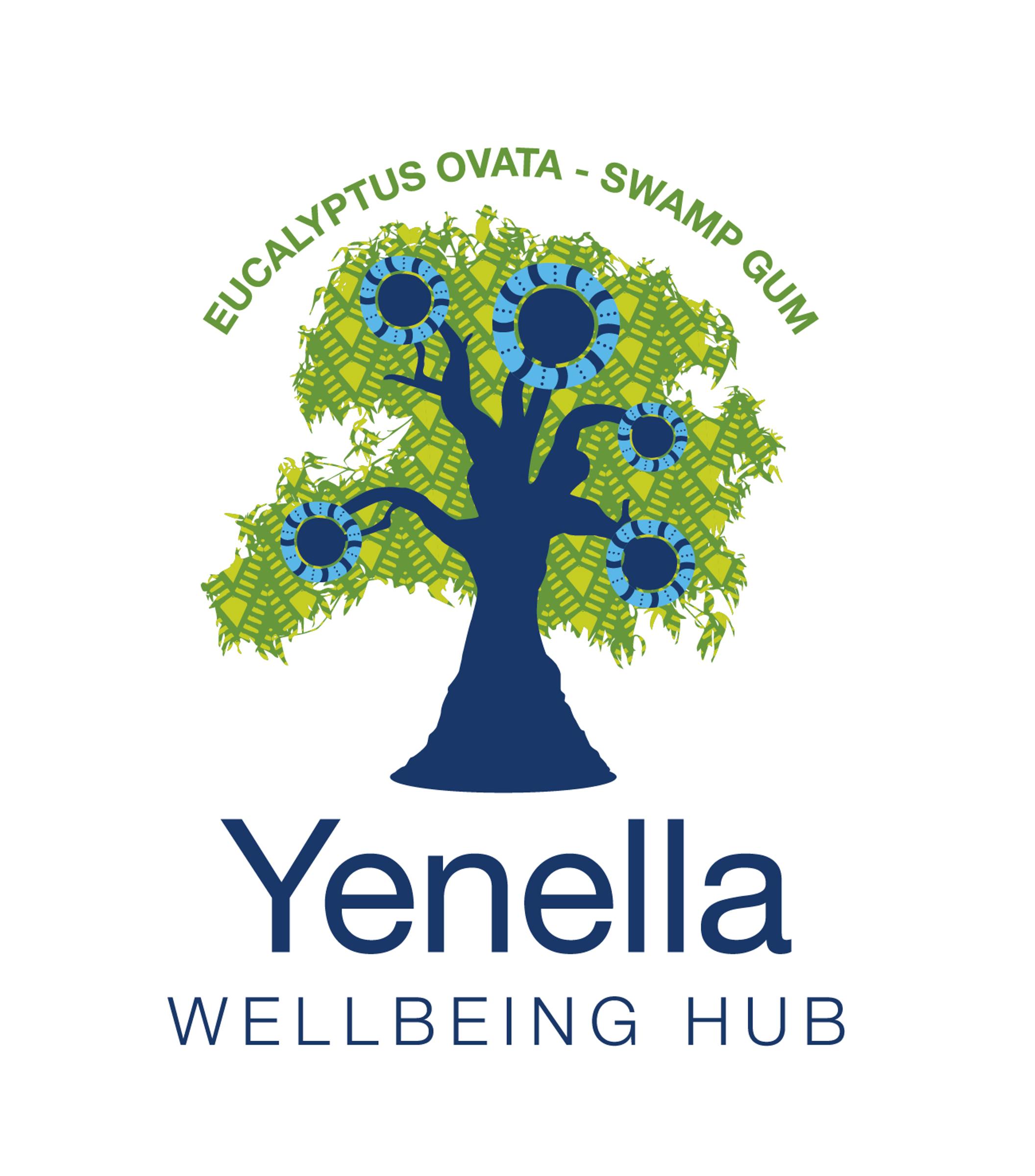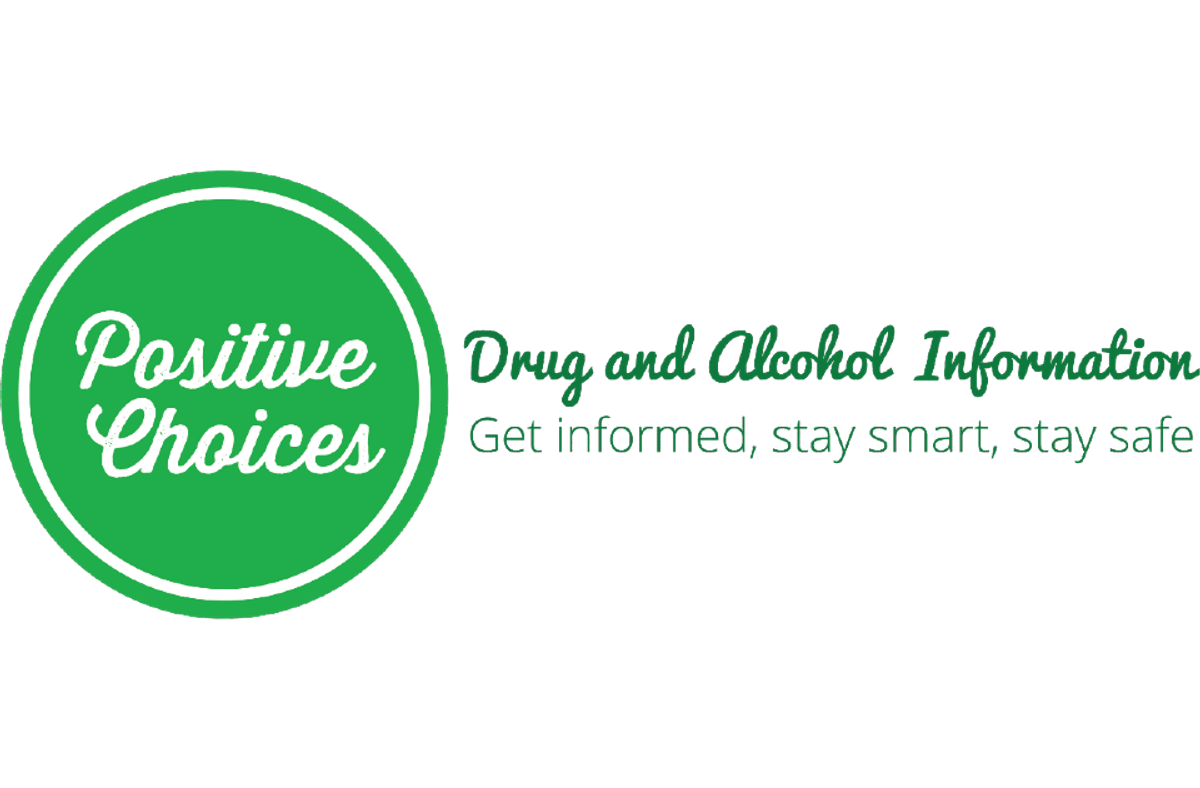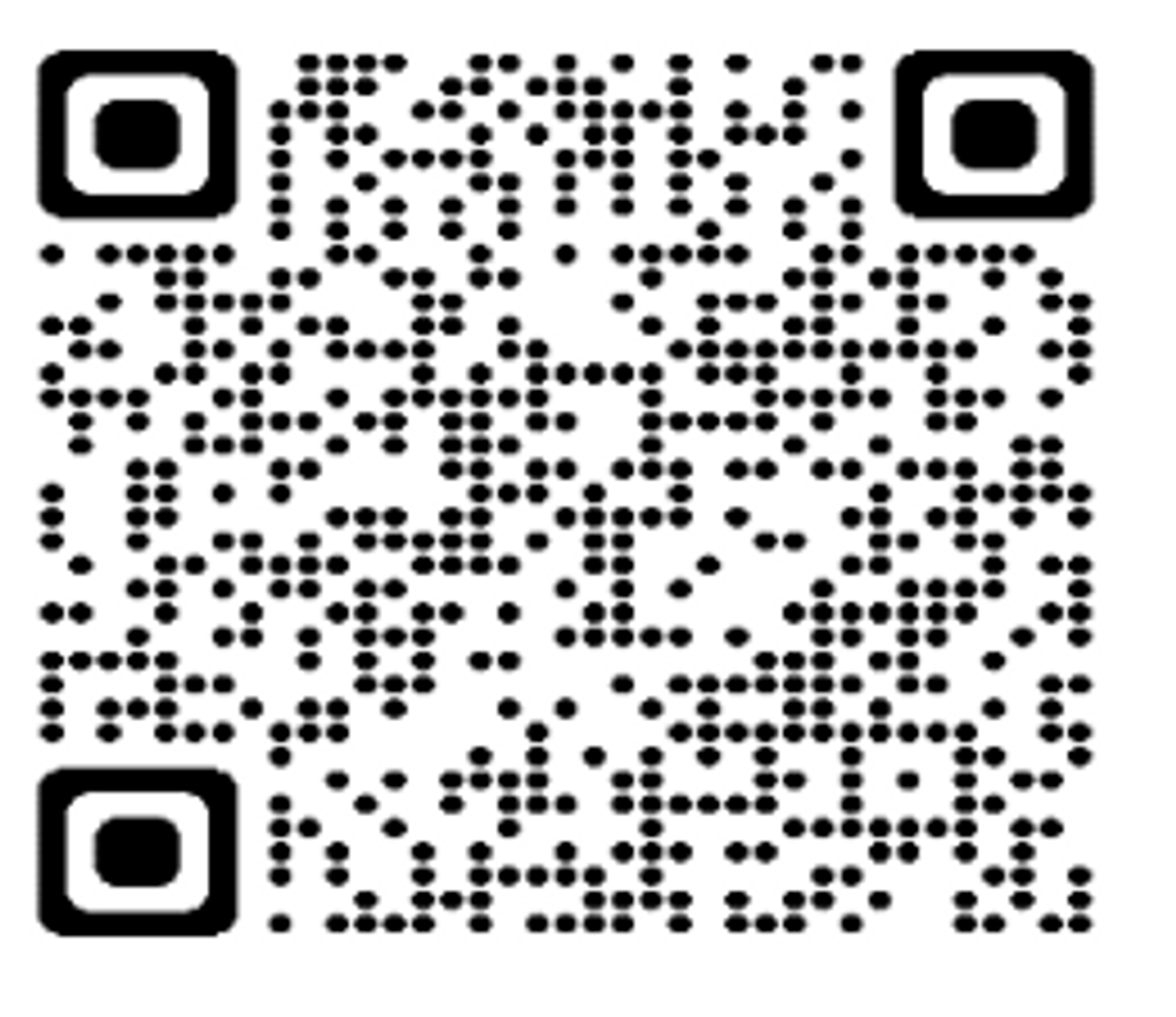Wellbeing

NAVIGATING THE INFLUENCE OF PORNOGRAPHY ONLINE -
RESOURCES FOR PARENTS/CARERS AND ANYONE SUPPORTING YOUNG PEOPLE
It’s time we talked is a violence prevention project that supports young people, parents, schools, government, and the community sector to understand and address the influence of pornography.
Home - It's time we talked (itstimewetalked.com)
Parent presentation – rent it on demand online. Cost $22.37
This presentation is for parents, carers and other adults involved in the care and support of young people. It addresses explicit themes and is not suitable for young people. In this 1-hour presentation, Maree Crabbe, Director of It’s time we talked, explores:
- what you need to understand about pornography and its influence on young people
- how you can support your children’s healthy social and sexual development in an age of pornography.
Understanding autism: Relationships, Sexuality and Pornography webinar. Cost $30.
This webinar series seeks to support parents and carers of autistic young people to understand the interactions between autism, sexuality, technology, and pornography, and how we can support autistic young people to navigate respectful, consenting and safe sexuality and relationships in the context of easily accessible online pornography.
Understanding autism: Relationships, sexuality and pornography (podia.com)
Parent tip sheets - FREE
It's time we talked have developed 7 tip sheets to help parents support the young people in their lives to navigate the influence of pornography. Tip sheets (podia.com)
Sexual Health Victoria Socialising Online Course Cost $25.
This course is designed for parents and carers of school-aged children and aims to link our understandings of Relationships and Sexuality Education and the important role this plays when supporting young people to navigate their social interactions online.
Link to further parent and carer supports from Sexual Health Victoria:
TALKING TO YOUNG PEOPLE ABOUT DRUGS AND ALCOHOL
(information for parents and carers)
Talk about it
ADF Alcohol and Drug Foundation have created this guide has been developed to help parents and carers to talk with their children about alcohol and other drugs.
It explores how to have these conversations with young children through to teens, why young people might use alcohol and other drugs, and how to recognise when a young person may need help.
ADF_MINI_BULLN_Youth_AOD-for_parents-web.pdf
Positive Choices
Drug and Alcohol Information for parents
Get Informed, Stay Smart, Stay Safe.
Drug and Alcohol Education Resources for Parents - Positive Choices
SOCIAL MEDIA and TEENAGERS
Why do teens use social media?
Social media is a way for teenagers to stay in touch with their friends. Teens have always talked after school, long before social media – hanging out at the bus stop, at the local park, chatting on the phone – now they just have a different platform to do so. It is an important part of socialising and connection in the modern world. The main reasons teenagers regularly use social media include:
- talking to friends
- joining in on group conversations
- learning about current events and staying up to date with online content
- meeting new people
- not having anything to do, or feeling bored
- feeling like they might miss out if they aren't always up to date with social media.
- What are the benefits of social media for teenagers?
Being socially connected is very important for the psychological development of your child and, in this day and age, the online environment is where many teens connect. Using social media could help your teen:
- develop better social skills
- feel less isolated
- learn about new cultural and societal ideas and issues
- bond with their friends
- have fun
- be creative and share their own ideas with friends
- be better equipped to be active citizens in society
- develop real world skills to help them become more independent
- learn about world events and current affairs outside of their immediate environment.
What are the risks of using social media?
Like any form of social engagement, social media comes with risks. Some of the most common risks include:
- spending too much time online and being disconnected from the real world
- being the victim of online bullying
- damaging your online reputation
- having your personal information shared online
- being harassed or annoyed by someone you do not want attention from
- being the victim of an online scam
- having reduced self-esteem (for some teenagers).
Just like in the offline world, there are things you can do to protect your child from these risks. It's important to prepare them for how to respond if these things do occur. Check out our 'things to try' for tips and ideas on minimising the risk of using social media. Sometimes teenagers can feel a 'compulsion' to check their social media accounts frequently, but this is generally only in extreme cases. Helping your teenager to develop positive habits like taking regular breaks from checking social media, and making sure notifications are turned off so that their mobile device isn't distracting can help reduce the compulsion to check in with social media so often.
Popular social media platforms for teens
Social media refers to any digital platform, system, website or app that enables people to create and share content and connect with each other. Here are a few of the most popular sites that teenagers use, and how they work:
Instagram is a free image and video sharing service that is used mainly on mobile devices. It’s commonly used to connect with friends and follow influencers or celebrities. You can have a public account or a private account, where only friends can see your posts. Instagram also allows users to message each other (individually or in group chats), and is a popular messaging service option for teens. You may hear your teen refer to Instagram as ‘Insta’ or ‘IG’. Terms like ‘Finsta’, and ‘main’ refer to accounts that are kept private versus accounts/posts that are shared on someone’s ‘main’ (or public) account. Keeping up-to-date with Instagram safety measures will help you to set clear boundaries with your teen and encourage them to stay safe on the platform.
TikTok is a free video sharing platform where users can shoot, edit and share short videos. Viral trends are often born on this app, and the platform is very popular with teens and young adults under 24. Like other social media apps, users can follow, like and comment on everything they see. TikTok uses an algorithm to show users videos that are tailored to their interests. While you can follow accounts, your ‘For you page’ (or ‘fyp’) often features videos from strangers all around the world. You can learn more about TikTok in their Guardian’s Guide.
YouTube is the most popular social media platform for Australian teens. Users can upload their own videos and subscribe to other creators. You’re also able to like, comment and share video content. Teens use YouTube in a variety of ways, and each generation of teens have created their own unique video styles and tones. Vlogging was born on YouTube, and is still a very popular format today. YouTube has plenty of benefits for teens, like being able to access educational or informative content or connecting with their favourite creators. However, YouTube also poses a risk to teens, especially younger teens who may be more impressionable. There is a huge amount of content on YouTube, and the platform recommends content to be watched next. Because of this, it’s easy to spend hours at a time on the platform and to be fed content that is potentially distressing or not aligned with your values. Stay up-to-date with the platform’s advice for parents and aim to have regular, judgement-free chats with your teen about what content they’re consuming.
Discord is a social chat platform where users can send direct messages, share images and videos, and voice and video chat. You can join different ‘servers’, which are usually focused on a niche or hobby. You can also create their own Discord server, and invite others to join. The platform was originally designed for the gaming community, but it's now popular with people outside of the gaming space.Discord allows young people to connect with people around the world who share their interests. It’s great for teens with niche interests who may struggle to forge friendships, or those who don’t have a huge community of teens around them. That being said, Discord is a platform that allows mature content, so it’s important to discuss safety measures with your teen. Visit the Discord Safety Centre to learn more.
Twitch is an online streaming platform that's very popular within the gaming community. You can watch pre-recorded videos, but the main purpose is to watch ‘streamers’ as they live stream, and chat directly with others who are watching. It’s common to offer financial ‘donations’ to streamers, so if your teen uses Twitch sit them down for a chat about scam detection and keeping their financial details safe online. Find out more in Twitch’s Parent Guide.
Facebook is a free site where registered users (aged 13 and up) can share pictures, links, videos, and other content with their 'friends', as well as host or RSVP to events, join ‘groups’, or buy and sell things on Marketplace. Friends are other registered users you have connected with within the network. Facebook is less popular today than it was previously, but many teens still use the service. Facebook changes its privacy settings regularly so it's important to stay up-to-date with their settings and policies.
Snapchat - A mobile phone messaging application that allows you to send video or picture messages to one or more people at a time. The messages are only viewable for a few seconds at a time, as determined by the sender. However, there are ways of saving the images using other phone functions. Learn more in this Snapchat Parents Guide.
Facebook Messenger, WhatsApp and other messaging services - Messenger, WhatsApp and other messaging applications let you contact friends using internet data (or wifi) instead of your mobile carrier, which reduces the cost of messaging. They can be used without a sim card if connected to a wifi network. Find out more about online chat services here.
Tumblr is a blogging website where people can publish their own articles and share it with people who follow their blog or profile. They also view the content of people they follow. It’s no longer as popular with Australian teens as it once was in the past, but it still has an active user community. On Tumblr, it is more common to connect with people you don't know in real life than people you do.
X (formerly Twitter) allows users to share ‘tweets’ that include text, videos or images. Accounts are public by default, but you can make your account private. The site is free, however you can pay for a subscription service that offers unique settings. Learn more about safety on X here..
Other games and sites - YOnline games like Roblox and Among Us are also considered social media because of the way they enable social interaction.
Find out more about other platforms, including recommended age ranges and safety measures, on the e-Safety website.
When to know if something is wrong
Whatever your child is doing, it's important to be aware of their behaviour and their wellbeing. It’s probably time to chat with them about their social media usage if you notice big changes in:
- their energy levels and enthusiasm for offline life
- their engagement in normal conversation
- the amount of time they spend doing other activities, like sport, homework, and other hobbies
- their self-esteem and sense of self worth.
A family screen audit can help you figure out the household rules around screen use.
Take a look at the 'things to try' section for tips and ideas to help manage your teenager's social media use.
*Article Credit: ReachOut






